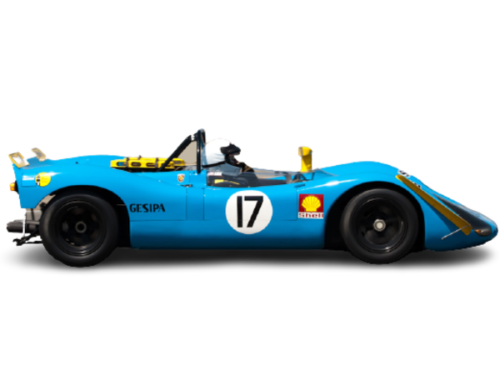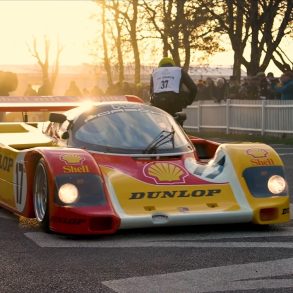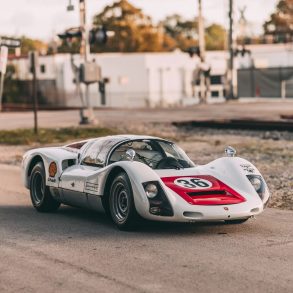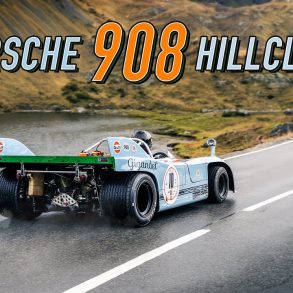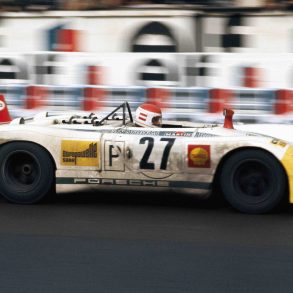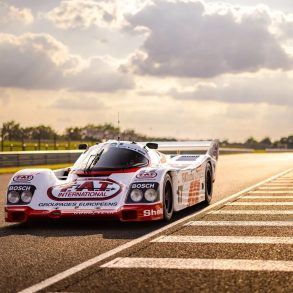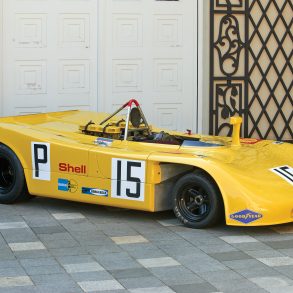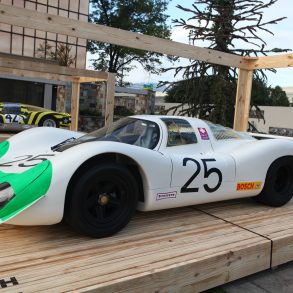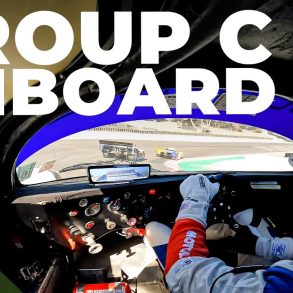Porsche 908/2 Spyder (1969 – 1972)
Non-Flunder 908/02 Version
Premiere: January 8, 1969, Hockenheimring press event / The Engine: Flat-eight air-cooled engine, mounted midship, twin overhead camshafts, fuel-injected, 2997 cc, 350 hp at 8400 rpm
In 1969, Porsche wins its first Makes World Championship. On the way to this historic triumph, the 908/02 Spyder – a modified version of the 908 from 1968 – proves virtually unbeatable. The 1969 technical regulations stipulate neither a minimum weight nor a roof, luggage compartment or spare wheel.
These new racing rules allowed open cars and Porsche built a lighter 908/02 K Spyder. While the 908/01 were initially built with steel frames and then with aluminium frames, the 908/02 K Spyders were all made with aluminium tube frames. The frames were pressurized and had air pressure gauges. This helped to detect if the frame got any damage during the race. In order to further increase the stability in braking into corners, an anti-blocking system was created and tested, but it was not yet advanced enough to use in racing (would be used for the first time in a 917). This aluminium space frame, a 13-kilogram plastic body, a new lightweight five-speed gearbox and details like titanium axles all helped the 908/02 Spyder weigh in at lightweight 600 kilograms (1323 lbs). The 908/02 Spyder also serves as a test car at the first ABS tests, a feature that was not adopted for racing.
The Spyder body was perfectly suited for high downforce races like the Nürburgring 1000 km and the Targa Florio. Being about 100 kg (220 lbs) lighter than the Coupe, it was easier to hustle on those roads. New variants introduced re-profiled body panelling, moulded in ultra-light and thin glass-fibre, had a cleaner nose line with smaller central oil-cooler air intake, waisted sills, a higher waistline, flattened wheel-arch humps and more tightly-enclosing rigid cockpit surround leaving only the tiniest regulation opening for the driver and above the notional passenger-seat space. For Le Mans, a further development emerged in a Longtail variant with two prominent tail fins to reduce the car’s sensitivity to side winds.
Porsche’s first races with the 908/2 were a complete failure. The three 908/2 cars entered for the 24 Hours of Daytona failed to finish with engine related issues. Next for the 908/02 was Sebring 12H on March 22, 1969. Rolf Stommelen/Joe Buzzetta/Kurt Ahrens Jr. drove the 908/02 K to third place. This was just a start of the 908/02 conquering that was about to come along very soon. The Brands Hatch 6H podium on April 13, 1969 was wiped by 908/02 Ks with Jo Siffert/Brian Redman as the winners.
Fun Fact: The car 908/2 appeared in the Le Mans movie starring Steve McQueen.
Following the 1-2-3 triumph at Brands Hatch, three weeks later Porsche did a 1-2-3-4 at 1969 Targa Florio. 79 cars had started for the race and 52 finished including 18 Porsches. All the top four Porsches were 908/02 K Spyders and in addition two 907s placed 6th and 7th. Engineer and constructor Ferdinand Piëch was surely about to become the king of the racing world.
Following the Porsche 1-2-3 and 1-2-3-4 victories that had started in 1967 and lasted in 1968 and 1969, the 908/02s made it even possible to achieve a 1-2-3-4-5 victory at the Nürburgring 1000 km on June 1, 1969.
The success of the 908/02 Spyders was endless and they captured over 50 race victories and over 100 podium places in the international races between 1969 and 1972 making the 908/02 one of the most dominating racing machines ever. While it never won Le Mans win, it is still one of the greatest ever.
A Visual History & Details
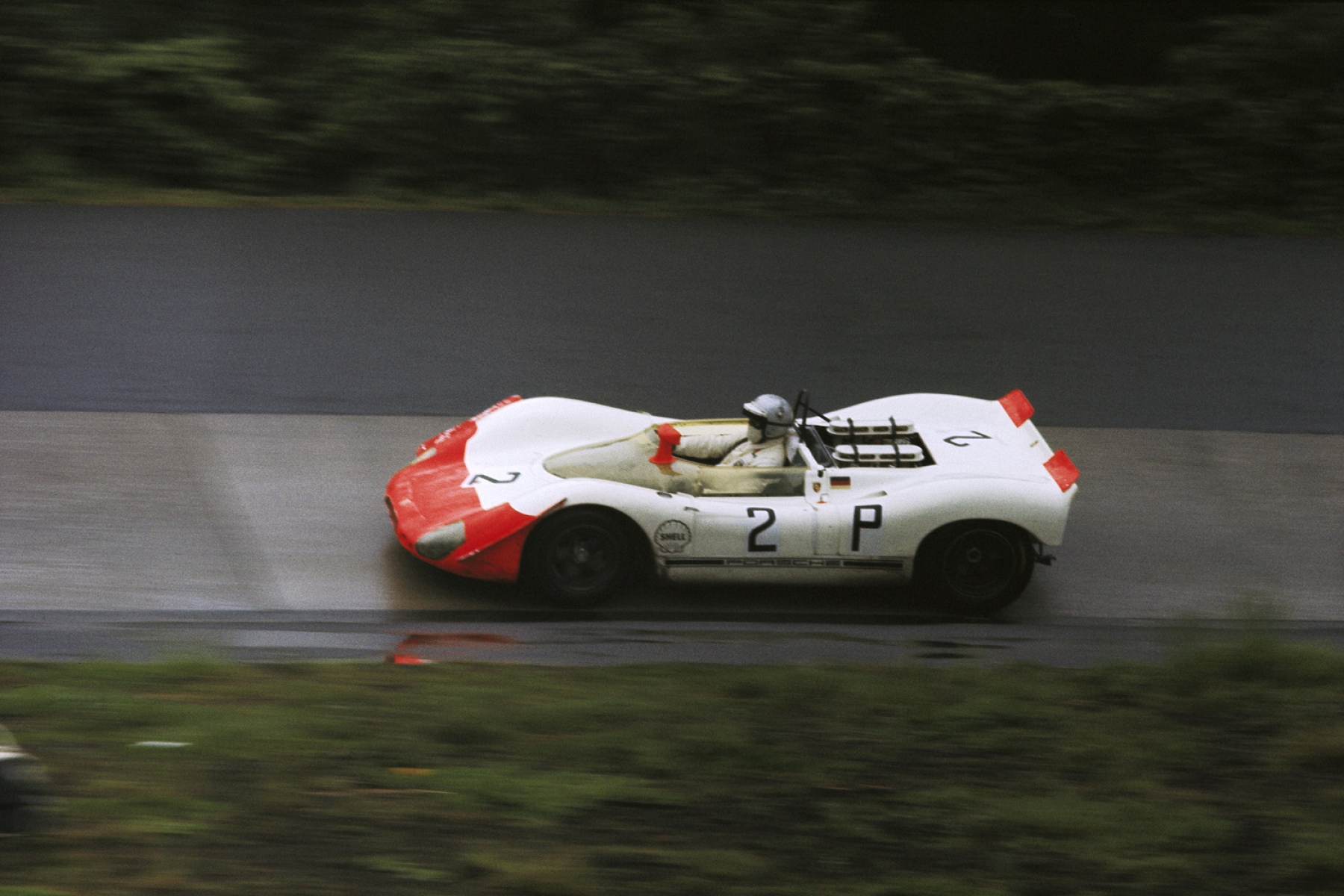
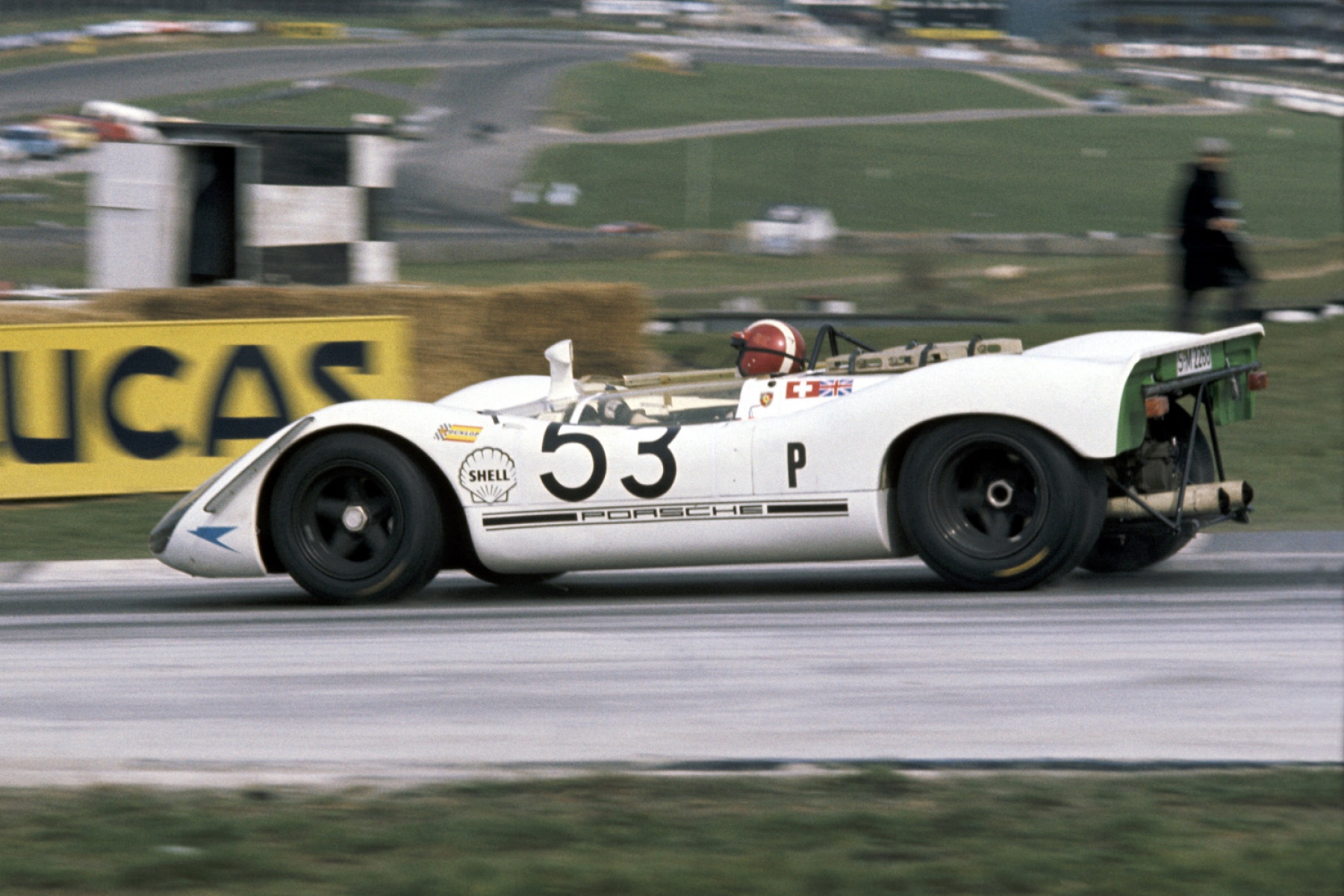
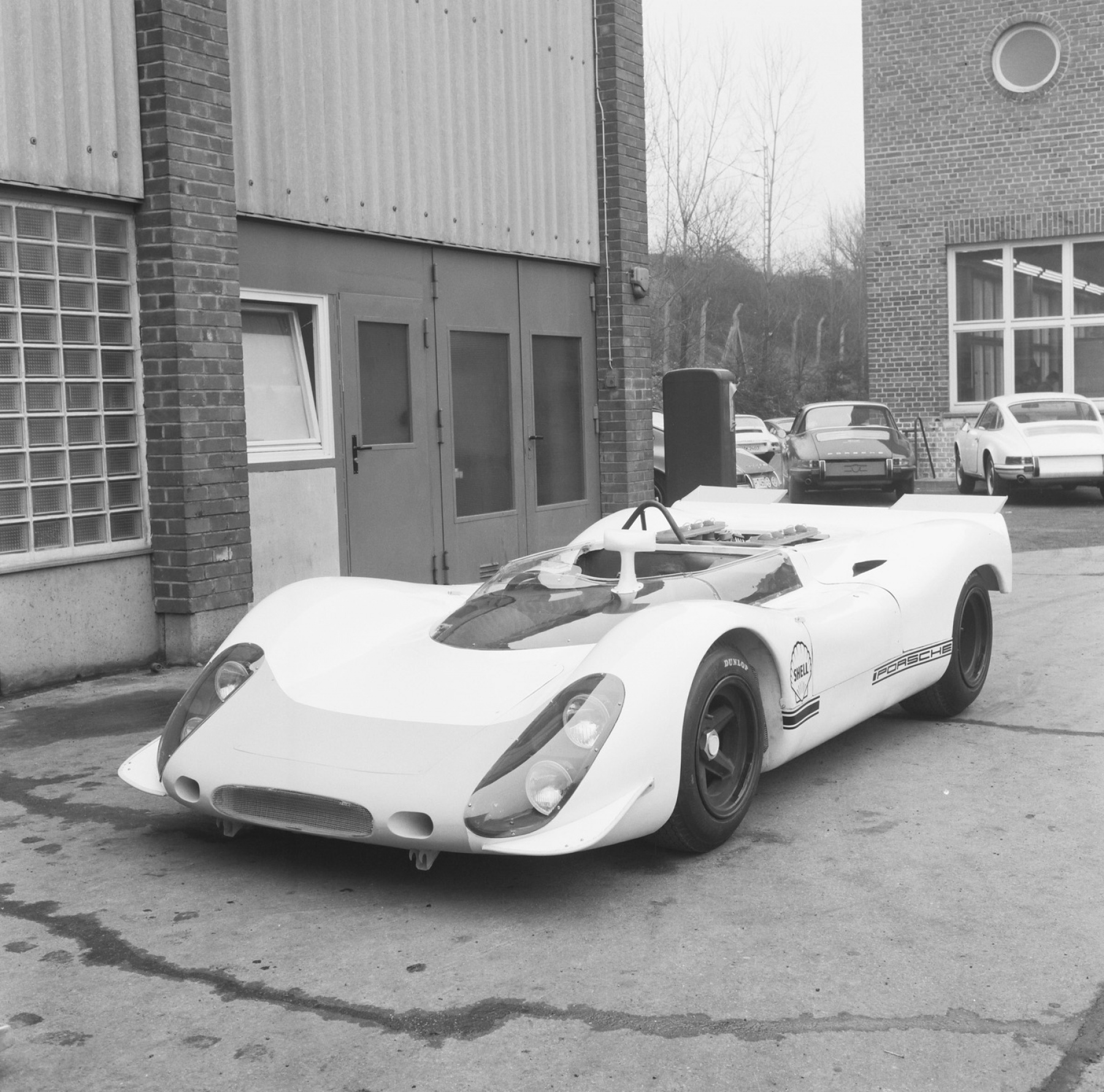
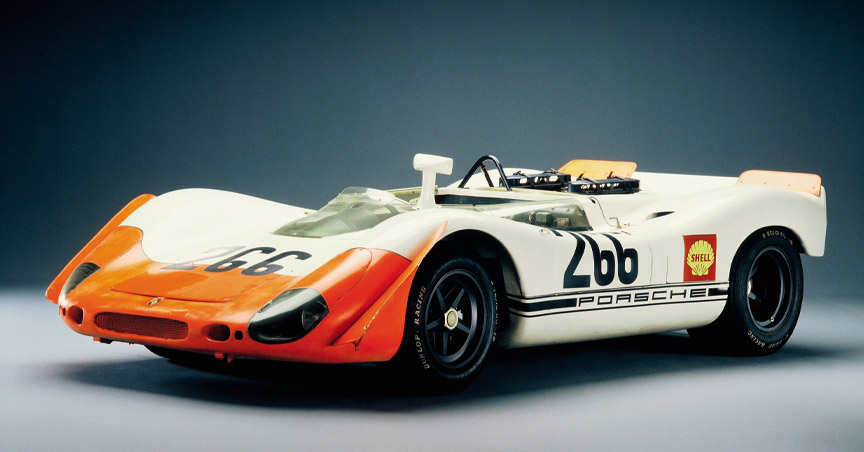
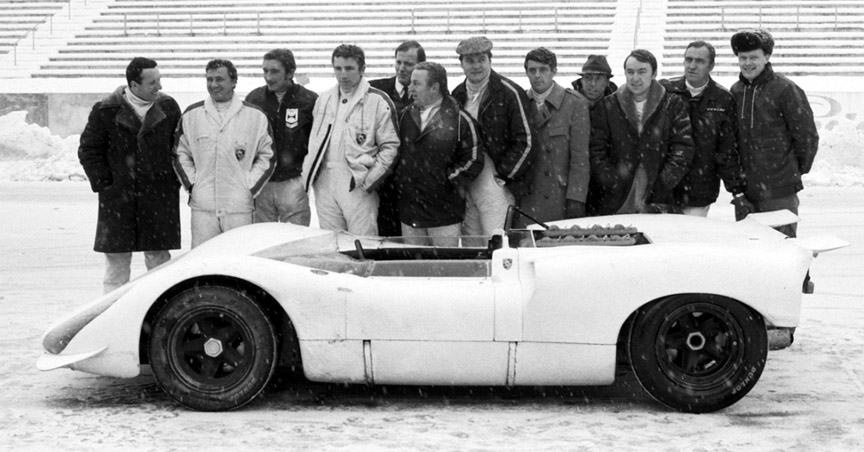
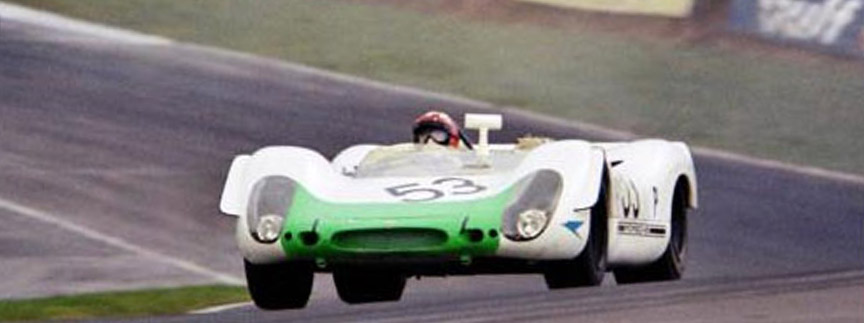
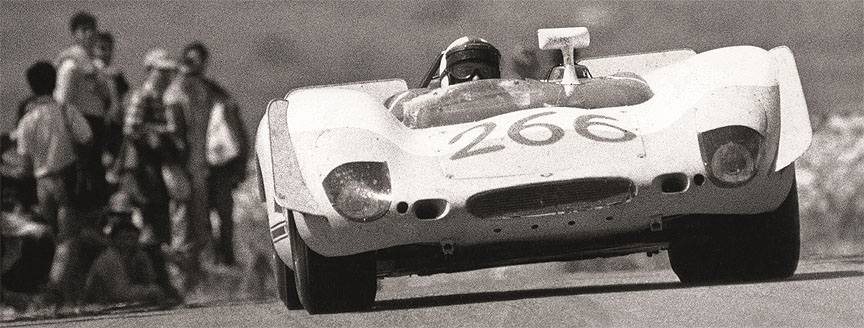
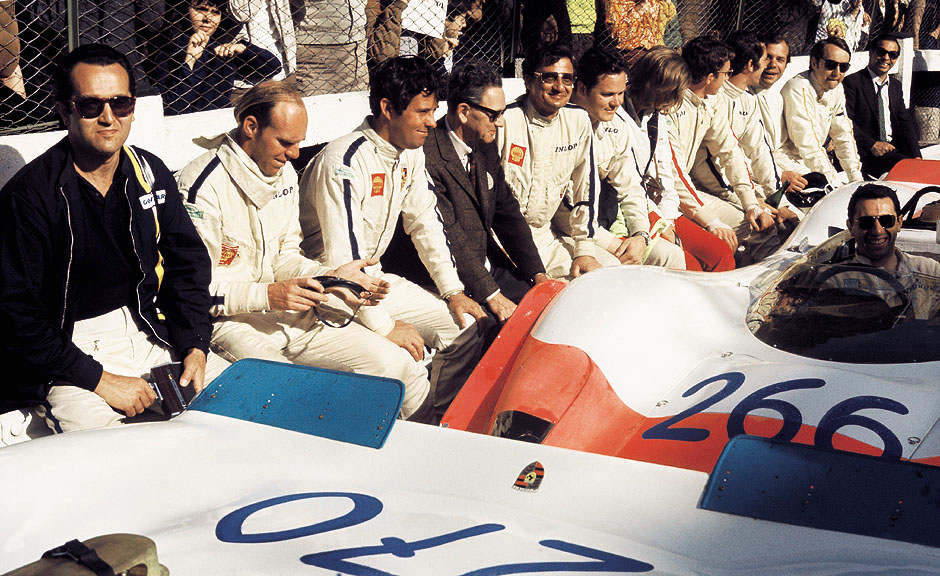
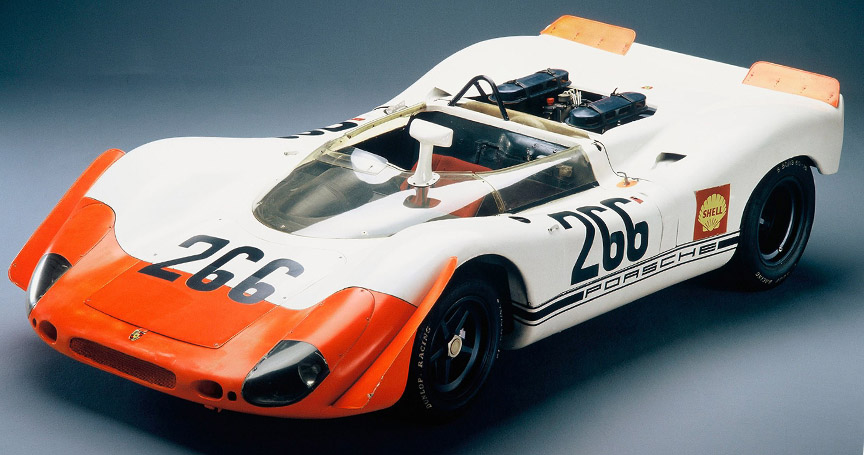
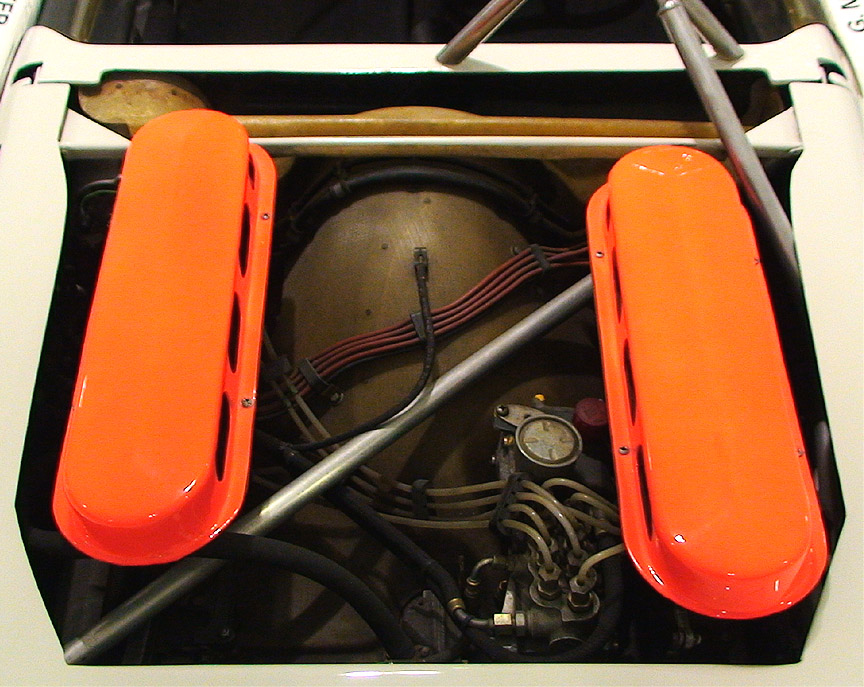
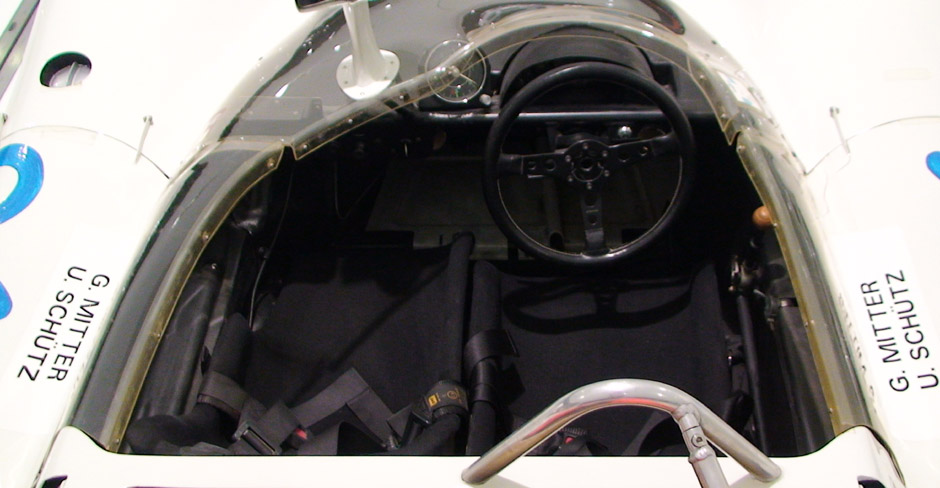
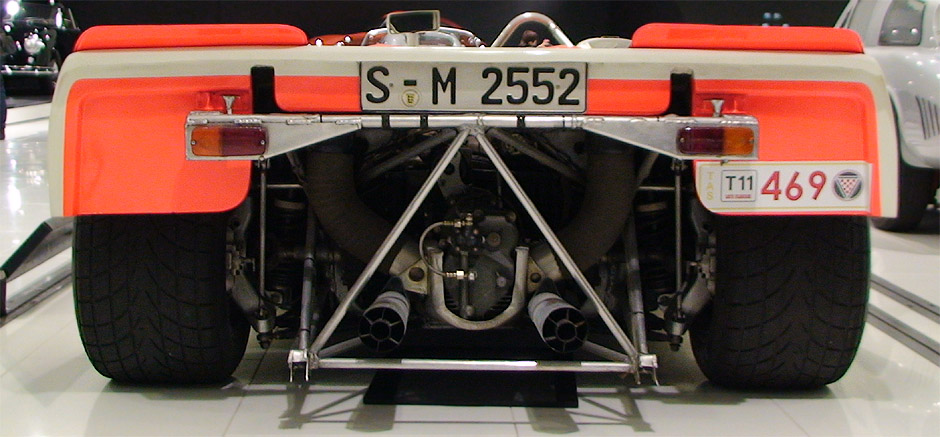
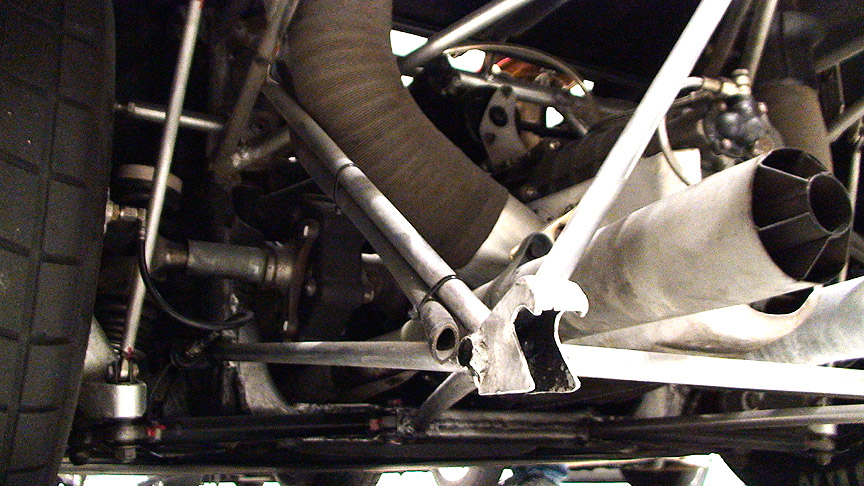

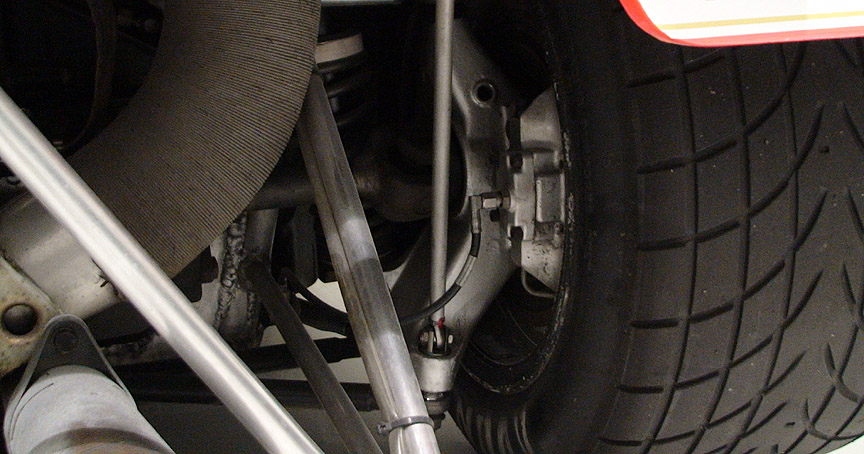
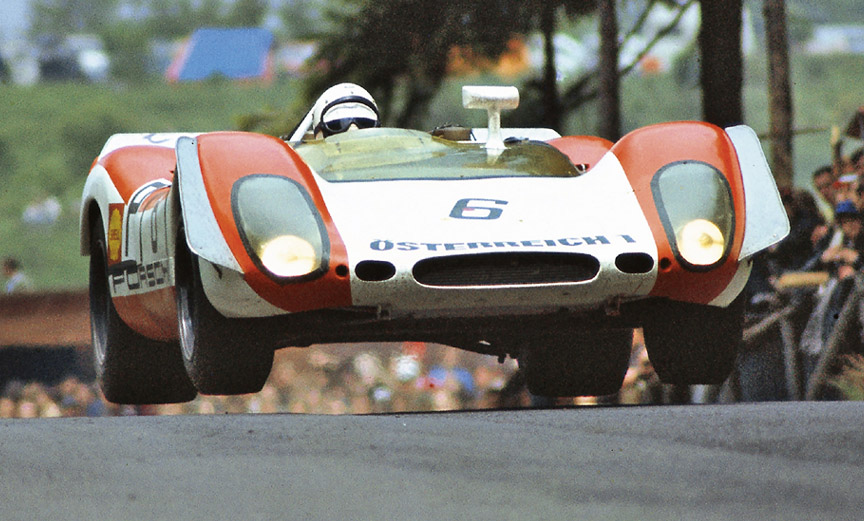

Racing Results
Notching up over 50 major victories and more than 100 podium results, the 908/02 Spyder is one of the most successful Porsche race cars until today.
Porsche’s first races with the 908/2 were a complete failure. The three 908/2 cars entered for the 24 Hours of Daytona failed to finish with engine related issues, while at the 12 Hours of Sebring the new Spyders placed third and fifth, placing behind Ford’s GT40 cars. Eventually, the 908/2’s victories of the season gave Porsche the 1969 Manufacturer’s Championship.
In 1970 at Le Mans, Austrian racers Rudi Lins and Helmut Marko drove the #27 Porsche 908/2 to 3rd place, with the Porsche 917 bringing the first Le Mans factory to the Stuttgart based manufacturer. Due to a Le Mans win outweighing any other race of a season, the Porsche 908 remains one of the most underestimated race cars of its era.
Racing Basics
- Racing Years: 1969-1976
- Number of events: 229 (including 8 races where did not start and 5 official tests)
- Total entries: 422 (contains 289 finishes and 81 retirements, finishing ratio: 78%)
- Most frequent drivers: Tony Dean (34), Gérard Larrousse (20), Rudi Lins (20), Jorge de Bagration (19), André Wicky (18), Helmut Leuze (15), Juan Fernandez (14), Gerhard Koch (14), Luís Pereira Bueno (14), Hans-Dieter Dechent (14), Helmut Marko (13)
- Most frequent chassis: 908/02-021 (31), 908/02-010 (30), 908/02-008 (29), 908/02-011 (29), 908/02-013 (26), 908/02-009 (24), 908/02-015 (23), 908/02-016 (22), 908/02-022 (22), 908-022 (18), 908/02-001 (15)
- Most frequent tracks: Le Mans (36), Nürburgring (26), Jarama (25), Hockenheim (22), Buenos Aires (18), Watkins Glen (17), Interlagos (15), Zeltweg (15), Montlhéry (14), Norisring (13), Monza (12)
Most frequent countries: D (82), USA (63), F (55), E (39), I (33), A (21), RA (20), GB (20), BR (17), S (15), CDN (15), B (10)
Key Racing Achievements
- Wins: 54
- Additional class wins: 17
- Second place finishes: 43
- Top 3 finishes: 6
- Third place finishes: 31
- Races finished on podium: 96
- Best result (count): 1st (54x)
- Pole positions 21



